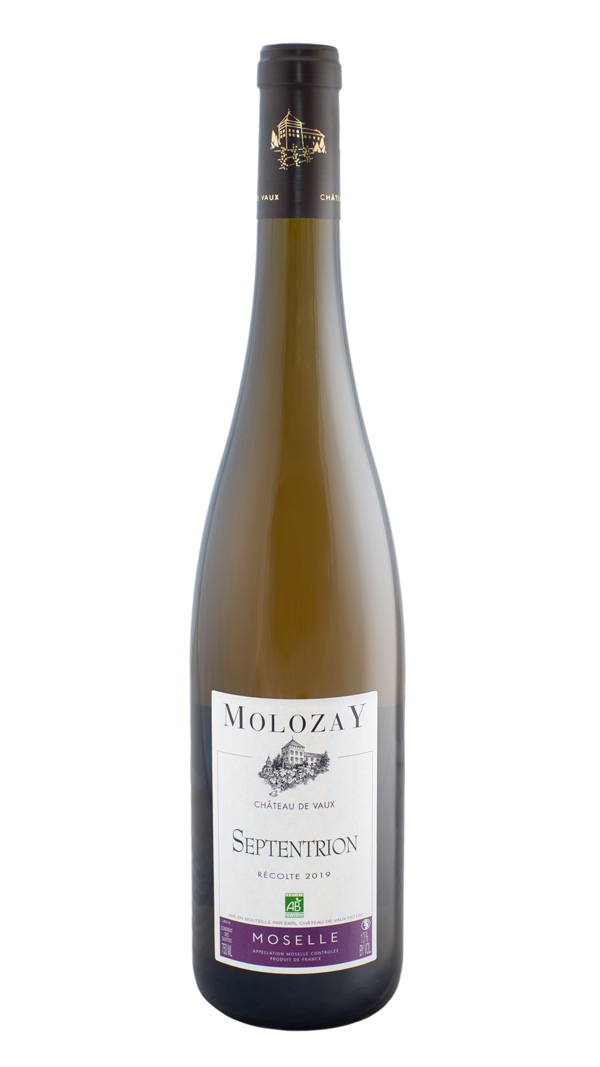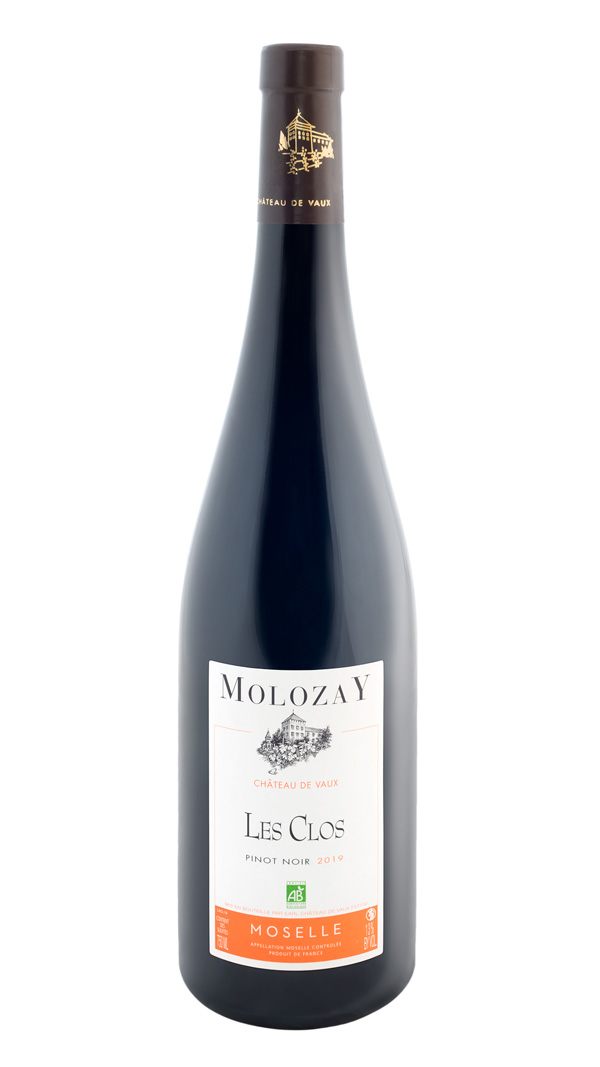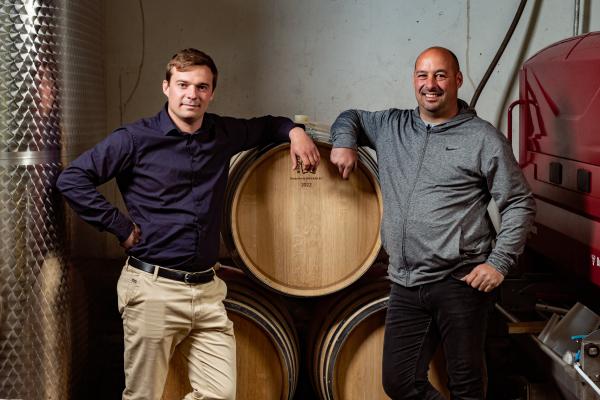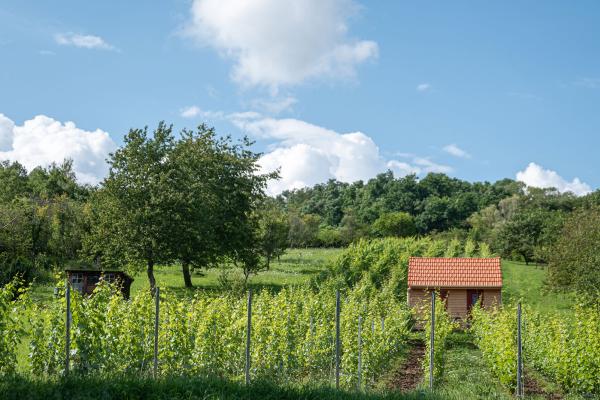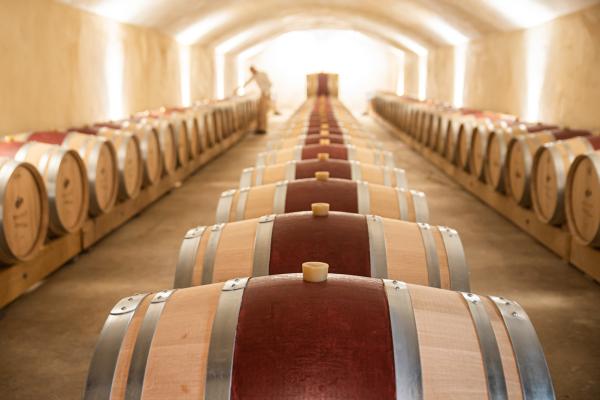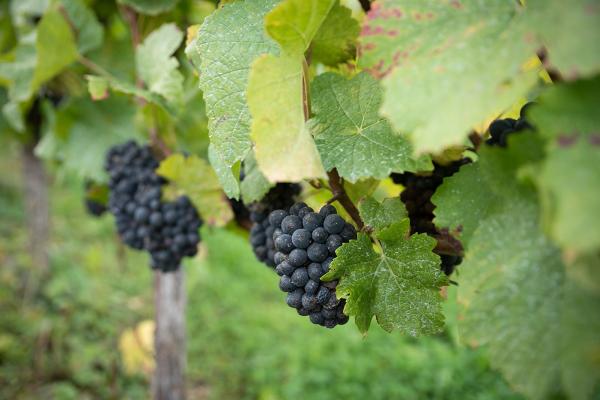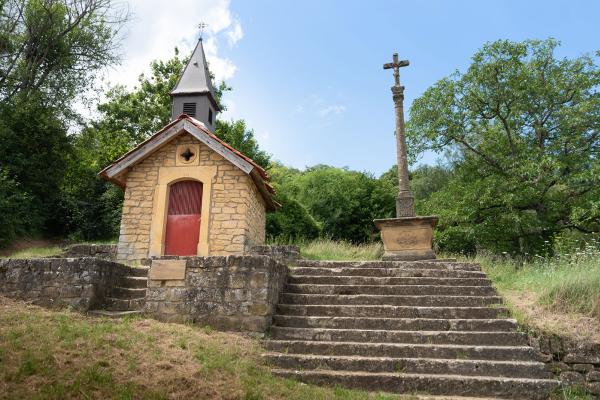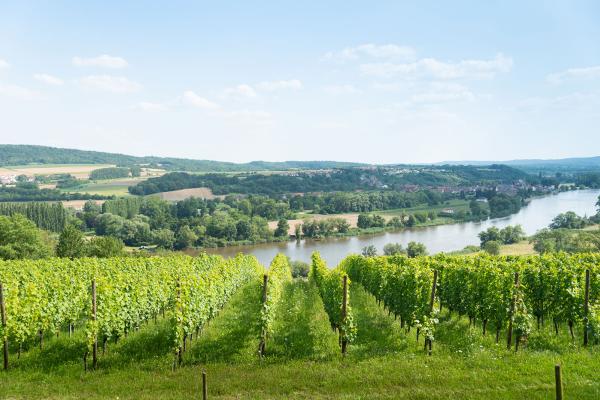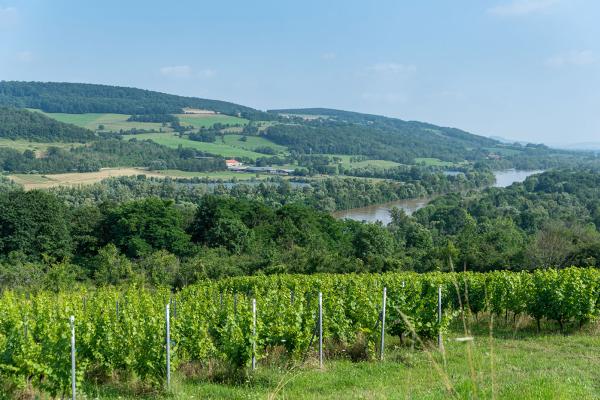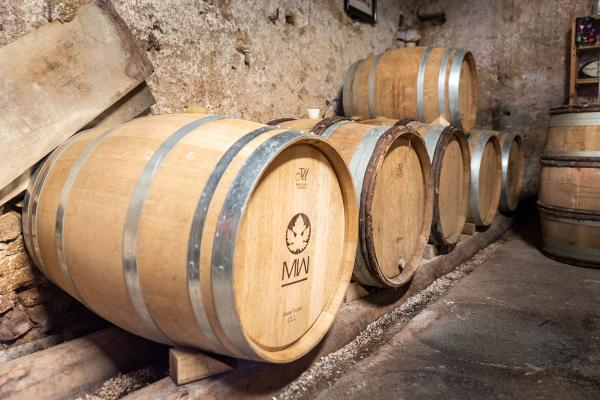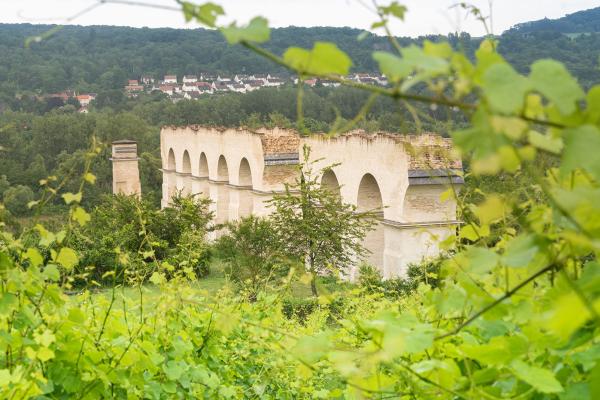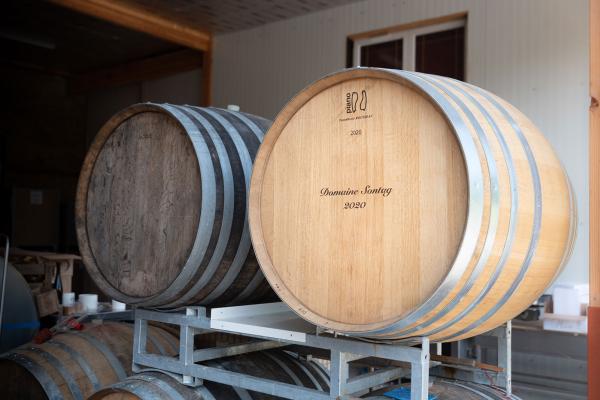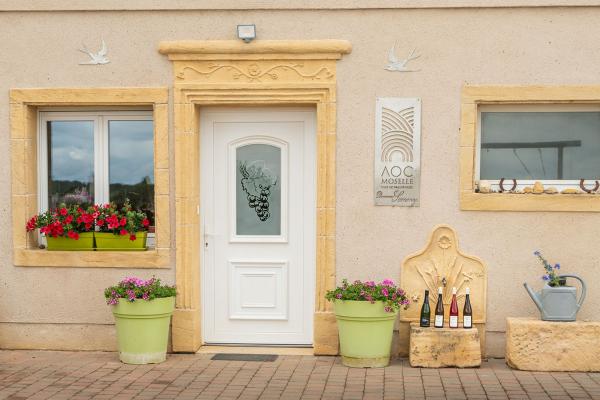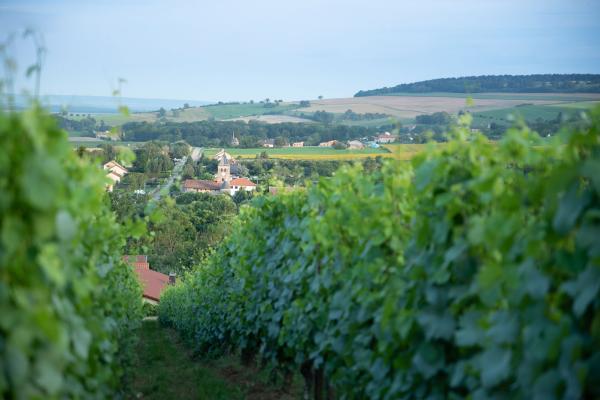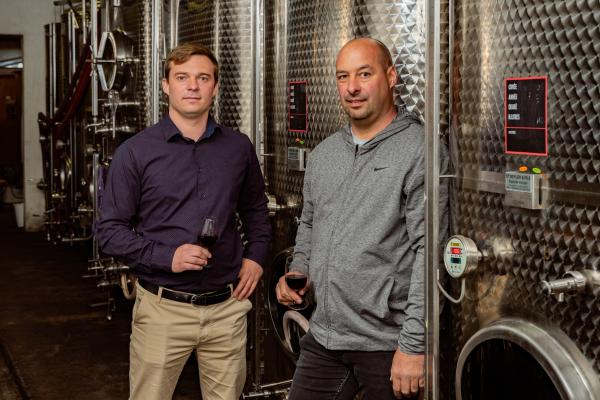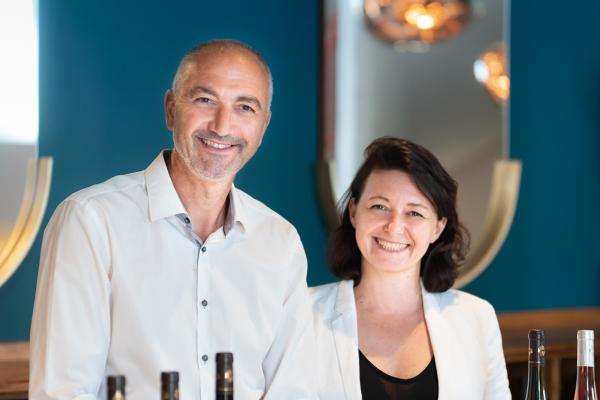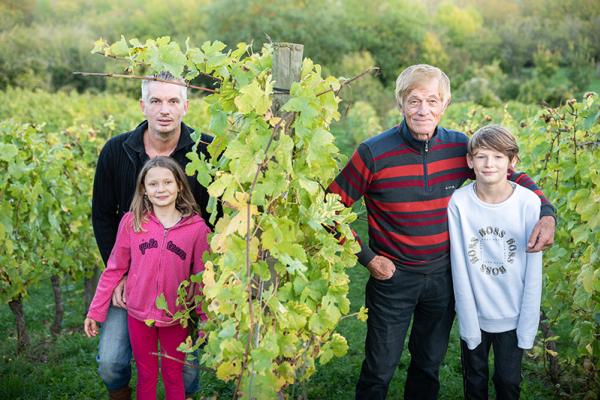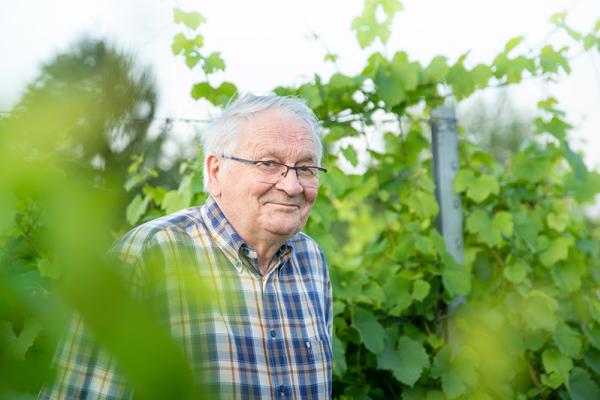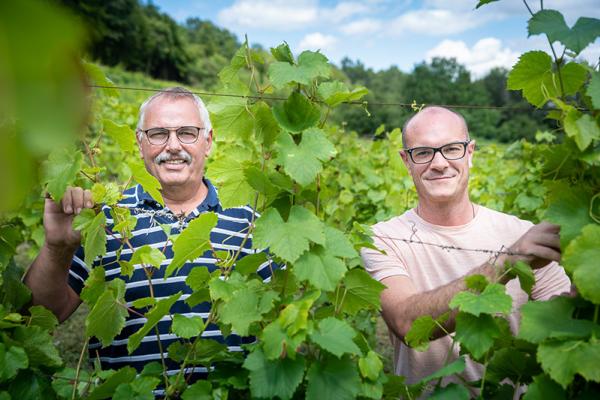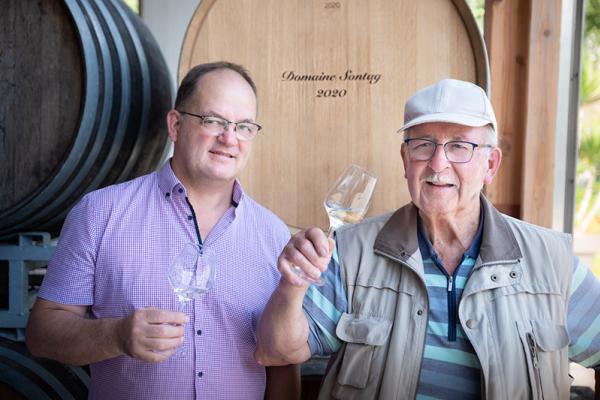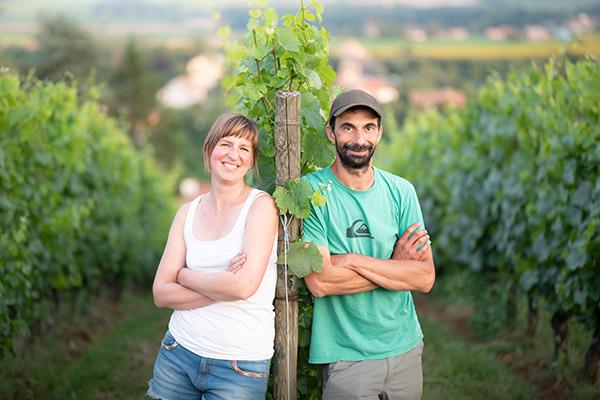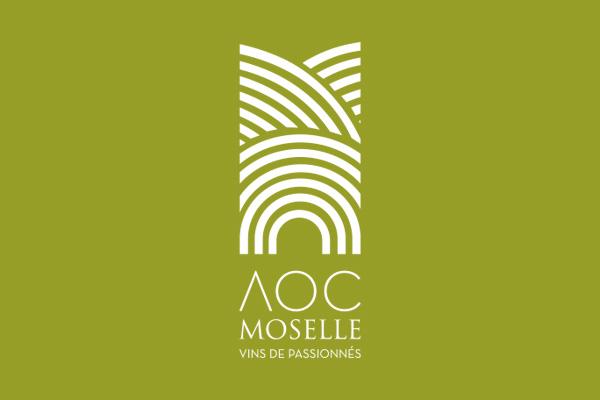Domaine Château de Vaux
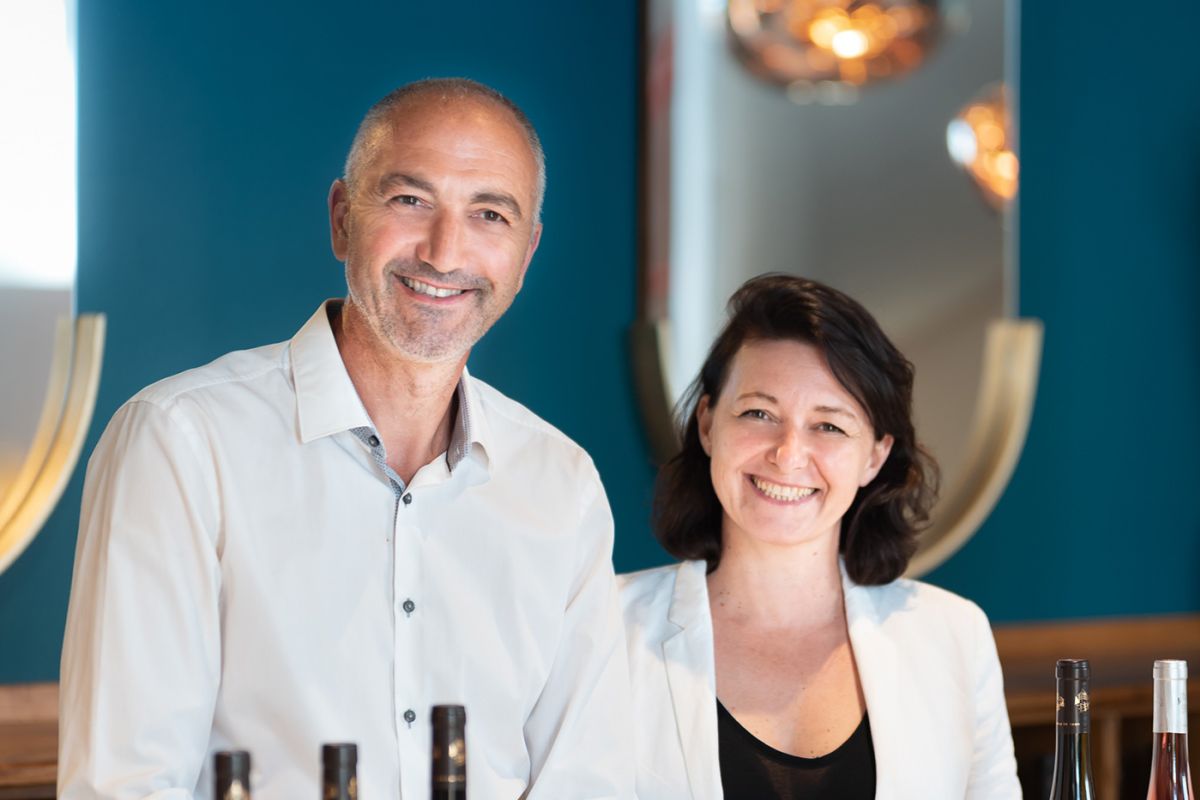
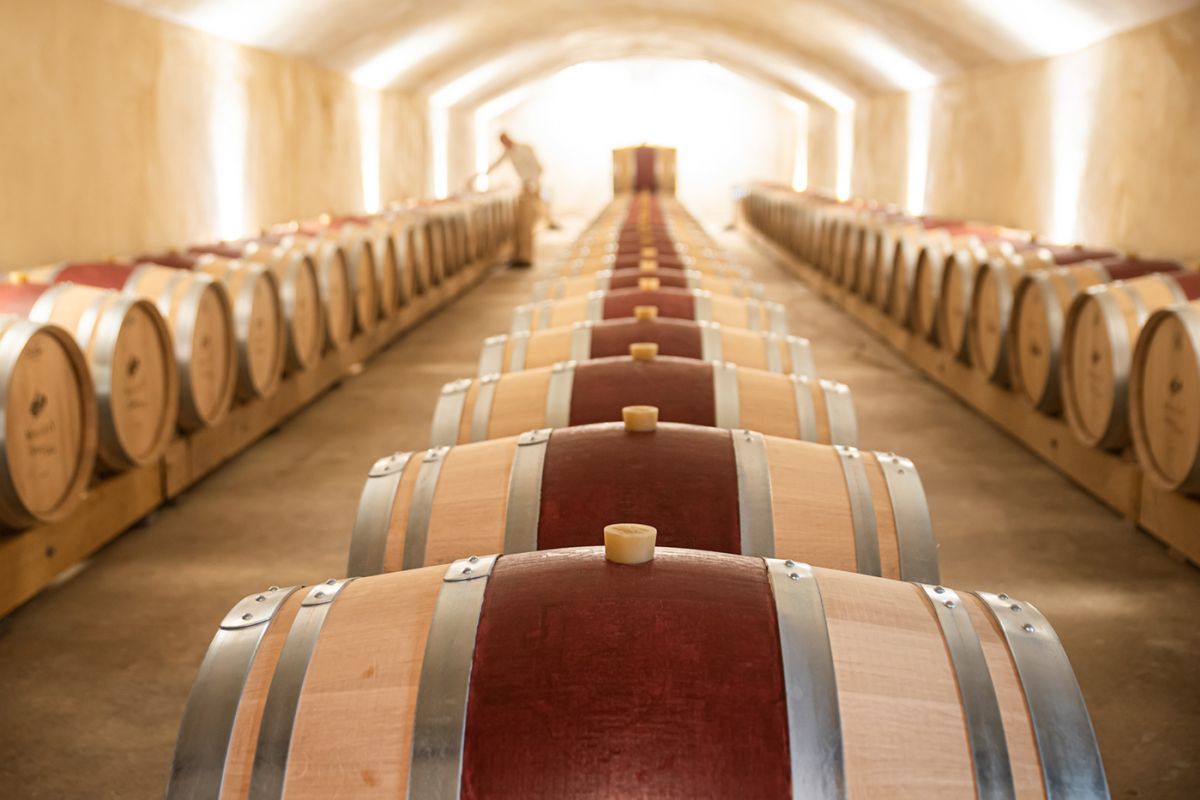
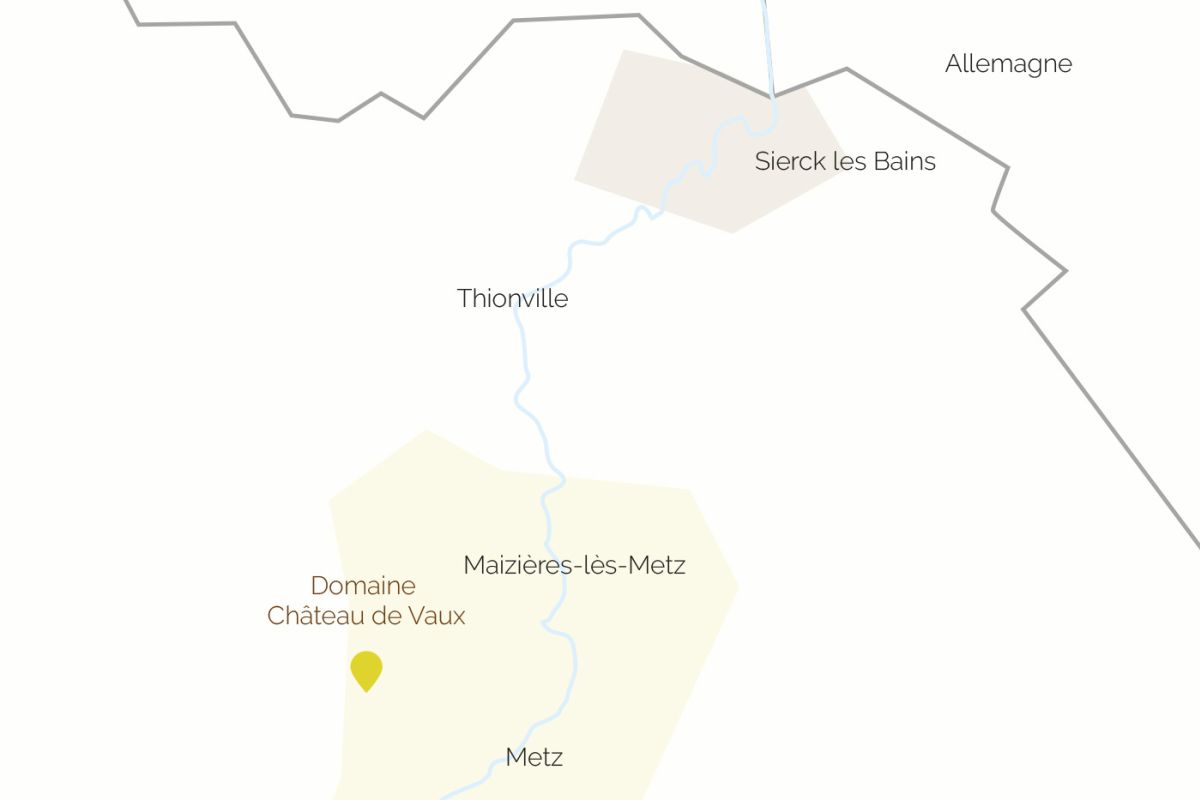
Norbert MOLOZAY - President of the Moselle PDO for 3 years
Presentation of the Estate
How was your Estate founded? Who founded it? What motivated you?
Norbert Molozay – My wife, Marie Geneviève, and I took over the business at the end of 1999 and the beginning of 2000. I’m from Beaujolais region and Marie is from Metz, we were both 29 and wanted to make our own wine and create our own Estate. The owner of Château de Vaux was closing down his business and we fell in love with the place (or maybe it was madness?), so we decided to embark on this new adventure.
At the beginning, we worked the 11 acres by ourselves, nowadays we run the 37-acre Estate with 6 employees (without counting our seasonal staff).
What training do you have?
NM – Marie has a diploma in oenology and I went to a viticultural college in Montpellier. We both studied viticulture. Furthermore, our parents were also in the field of wine, her parents were wine merchants whilst mine were Beaujolais wine producers.
What is your Estate’s surface area and geographic situation?
NM – Our 37 acres are in seven municipalities from the south to the north of Moselle with a range of quite different exposures. The viticultural side of the business is carried out at the Château de Vaux site. We acquired a new building in Scy-Chazelles in 2021, which is now our new winery for vinification and reception area for customers.
Could you tell us about your production? What sort of products do you sell on the Estate? How much do you produce, how many bottles?
NM – We sell 16 wines/vintages of red, rosé, white, “traditional method” wines, using 8-9 different grape varieties. We use Auxerrois, Muller Thurgau, Pinot gris, Riesling grapes for our white wines, whereas we use Pinot noir grapes for our red and rosé wines and a small amount of Gamay for rosé blends.
We have dry white and rosé wines as well as some blends for the PDO.
In terms of volumes, we produce 80 - 100,000 bottles annually.
We went organic in 2010 and export approximately 10% of our products.
How would you describe the three wines you have selected?
NM – The first is the Septentrion, a blend of the three most important varieties in Moselle, which are Auxerrois, Muller Thurgau and Pinot Gris. I chose it because I think this wine helped the Estate make a name for itself and we managed to draw people’s attention to Moselle wine. It is a rich and opulent wine, matured in oak barrels.
The second is called Maddalena, made from 100% Muller Thurgau grapes, from old vines matured in Moselle oak barrels. It is quite a singular and original interpretation of the Muller Thurgau variety, that is a variant of this type of vintage, which is more powerful, concentrated, gastronomic and surprising.
The third one is Les Clos, which is a Pinot noir. It is quite surprising as when you think of Moselle, you generally think of white wine, yet 30% of the territory produces red wine, which is unusual for this geographical area. Our terroir is ideal for white and red wines alike. It is a surprising Pinot with a nice density, concentration and colour, which is vinified for 16 to 18 months in casks and is as good as any Burgundy wine.
What wine tourism services do you provide on the Estate?
NM – We welcome groups of 10 - 40 people for visits of our cellar, vinification winery, cask winery and the Estate, followed by a tasting.
Groups are generally French or foreign tourists that are in Metz and are interested in discovering the Moselle vineyards. The French come all year round and foreign tourists mainly visit in the summer months from June to August.
Lastly, what future plans do you have for your Estate?
NM – We started our business 20 years ago. 10 years ago, we went organic, we changed buildings, everything is in place and is now at its best. Of course, if some interesting opportunities come our way, we won’t stop ourselves from planting a few more vines, but we plan to reap the benefits of the investments we have made. I think I am really at a stage where we can appreciate all our hard work.
Founding of the Estate: 1999
Vines are planted in: Scy-Chazelles, Lessy, Jussy, Vaux, Dornot, Arnaville and Vic-sur-Seille
Surface area: 37 acres
Production: 100,000 bottles/year
Varieties: Auxerrois, Müller-Thurgau, Pinot gris, Riesling, Gewurztraminer, Pinot Blanc, Chardonnay, Pinot Noir, Gamay
Terroir: Stony terraces and more clayey soils
Other activities: Wine tourism
Certification: Organic and Demeter
